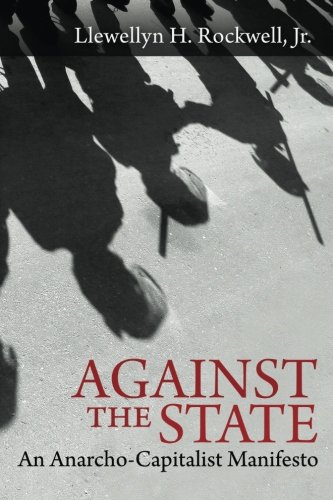Isis Brantley has been arrested, jailed and a plaintiff in a federal civil rights case. But she’s not a whistleblower or a political dissident.
She teaches how to braid hair.
For almost 20 years, Isis has fought Texas over her right to braid hair and to pass on her knowledge to others. Her struggle recently culminated in a major federal court decision earlier this month, which shined a spotlight on occupational licensing. Today, millions of Americans, like Isis, have to seek permission from the government—or fight back—before they can do their jobs.
Isis has been braiding since 1979 and has taught others in the art of natural hair care since 1984. Like many African braiders, Isis doesn’t use chemicals, dyes or coloring agents when she braids, twists or weaves hair. As she put it, her personal philosophy is “healing through hair.”
But in 1997, seven uniformed and undercover officers handcuffed Isis in front of her customers and dragged her out of her salon in Dallas. She had previously been found guilty and convicted for the surreal offense of braiding hair without a cosmetology license.
After a decade of fighting for reform, in 2007, Texas acquiesced and created a separate, 35-hour hair-braiding certificate. The state “grandfathered” Isis in, and honored her as the first natural-hair-care expert in the state. Finally, Isis could legally braid hair for a living.
Unfortunately, that reform didn’t apply to teaching hair braiding. In Texas, braiding schools were regulated as barber colleges. So despite her decades of experience, Isis would have had to spend about $25,000 to comply and transform her natural hair salon into a barber college. Those changes were needed so that her teaching would satisfy the 35-hours of training students need to obtain a license in braiding.
 Against the State: An ...
Best Price: $5.02
Buy New $5.52
(as of 11:35 UTC - Details)
Against the State: An ...
Best Price: $5.02
Buy New $5.52
(as of 11:35 UTC - Details)
Thanks to the growth in occupational licensing, Isis is not alone. Licensure was once imposed only on professionals like doctors and lawyers. In the early 1950s, less than five percent of Americans needed a license to work from the government. Recent estimates put that number as high as 30 percent, as reported in a new study conducted for the Brookings Institution’s Hamilton Project by Morris Kleiner, a professor at the University of Minnesota. Moreover, according to a wide-ranging 2012 report on licensing by the Institute for Justice, occupational licenses affect many low-income or low-skilled occupations, which in turn have a greater proportion of African-American and Hispanic workers.
Occupational licensing is typically defended as a way to protect consumers and ensure quality practitioners. But many licensing requirements are just downright baffling. In Isis’ case, Texas wanted her braiding school, the Institute for Ancestral Braiding, to have a minimum of 2,000 square feet of floor space (more than twice the size of her current facility); install at least 10 barber chairs, (even though braiders don’t cut hair); and have at least five sinks, despite the fact that “the state makes it illegal for hair braiders to provide services that require a sink.” The regulations were so strict, Texas couldn’t name a single school that taught only the natural hair-braiding curriculum and complied with the state’s barber regulations.
In 24 states, hair braiders need more training than emergency medical technicians. Completing the necessary coursework in one of these 24 states can cost upwards of $20,000 and requires up to 2,100 hours of training. By comparison, EMTs need, on average, about 140 hours for their licenses.
In those 24 states, braiders have to obtain a license in either cosmetology or hairstyling. Incredibly, cosmetology schools are generally not required to teach African-style braiding. Instead of learning how to braid, natural hair entrepreneurs must study how to give manicures and facials—skills they do not intend to use in their careers—and learn techniques, like how to bleach and perm hair, that completely contradict the natural hair movement. That makes no sense.
Like natural hair braiding, states have licensed many other lines of work, even if they hardly pose a threat to consumer welfare. Fortunetellers, florists, horse massagers, interior designers, makeup artists, shampooers and tree trimmers are all required to obtain licenses in at least one state.
Even for jobs where there can be a rationale behind licensing, licensure burdens vary drastically from state to state. For instance, manicurists need a license in every state except Connecticut. But the amount of training needed to get that license ranges from a mere three days in Alaska to 163 days in Alabama. The same goes for pest control applicators, which are licensed in all 50 states and Washington, D.C. This license to kill (pests and vermin) takes only $25 and one exam in California and Kentucky, and requires no additional training. But in Tennessee, pest control applicators must have four years of experience and sit for two exams.





